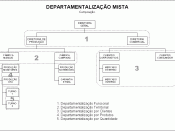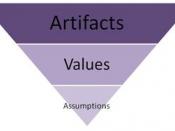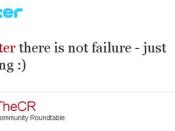Introduction
One key component that gives your company or operation that elusive, sustainable competitive advantage is culture.
What is culture? In essence, it's a soft, intangible element that deals with people, trust, leadership and passion. The best definition I've heard is this: What people will do when no one tells them what to do.
Why is culture important? Because your competitor can duplicate everything you do, i.e. your pricing structure, but they can't duplicate your culture.
Want proof positive? Consider award-winning Southwest Airlines. Southwest flies the same routes as other airlines, uses similar equipment and the same airports, but the airline's organizational culture of fun and personal responsibility sets the tone for everything the company does.
Hence, organizational culture is the system of shared actions, values, and beliefs that develops within an organization and guides the behavior of its members (p. 43). The following analysis will discuss conditions within my organization in achieving organizational culture.
Analysis
There are five key conditions on how my organization can achieve a high-performing organizational culture. First, the company should have a relevant focus when implementing change initiatives. Such initiatives should concentrate on definite outcomes and be instituted based on real-life, real-time issues. Second, senior executives should include themselves in such change efforts. They should also subject themselves to the change and incorporate the change into their very own responsibilities and accountabilities. Third, managers should ensure that the cultural change must have a systematic, company-wide approach. Since cultural change is a complex, serious process, all executives and employees should commit a substantial part of their time and effort to ensure the implementation of the process. Fourth, cultural change requires that employees at all levels take part in the process, have themselves involved in it, and apply the process to themselves or internal integration.


